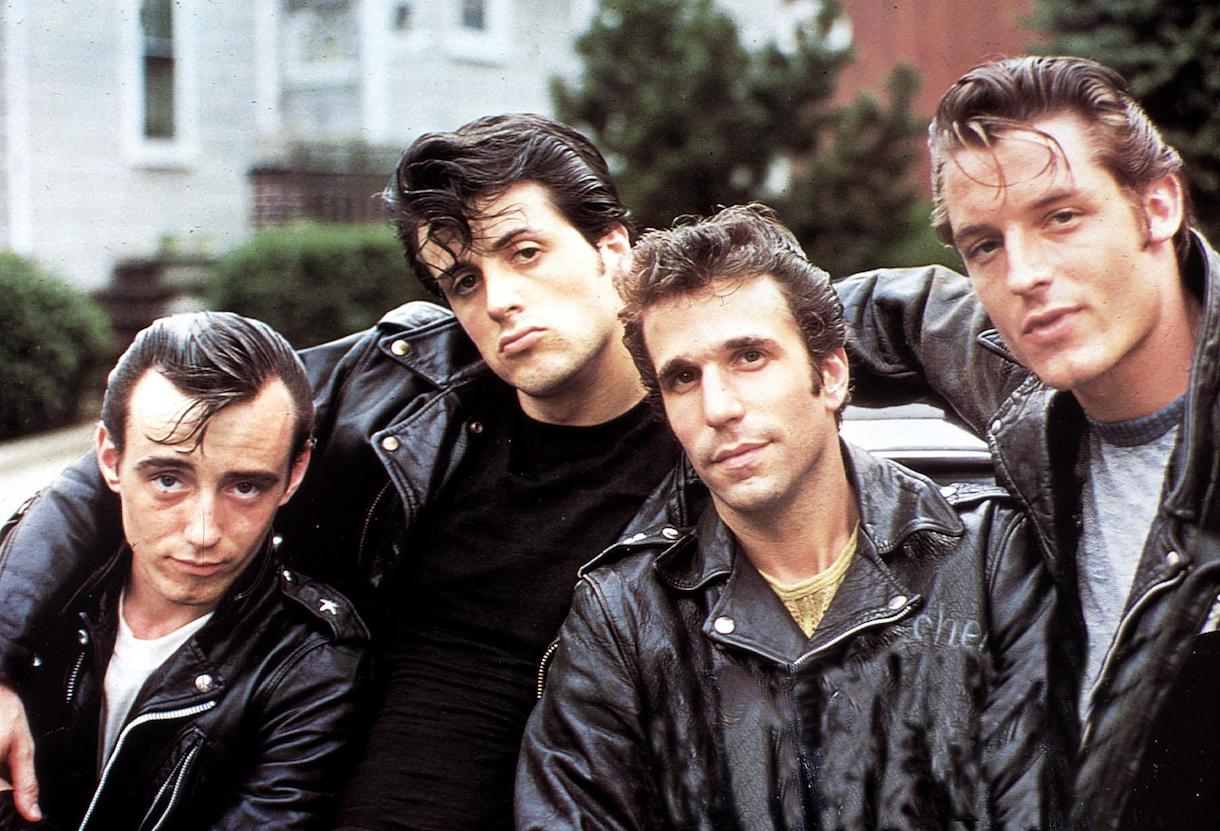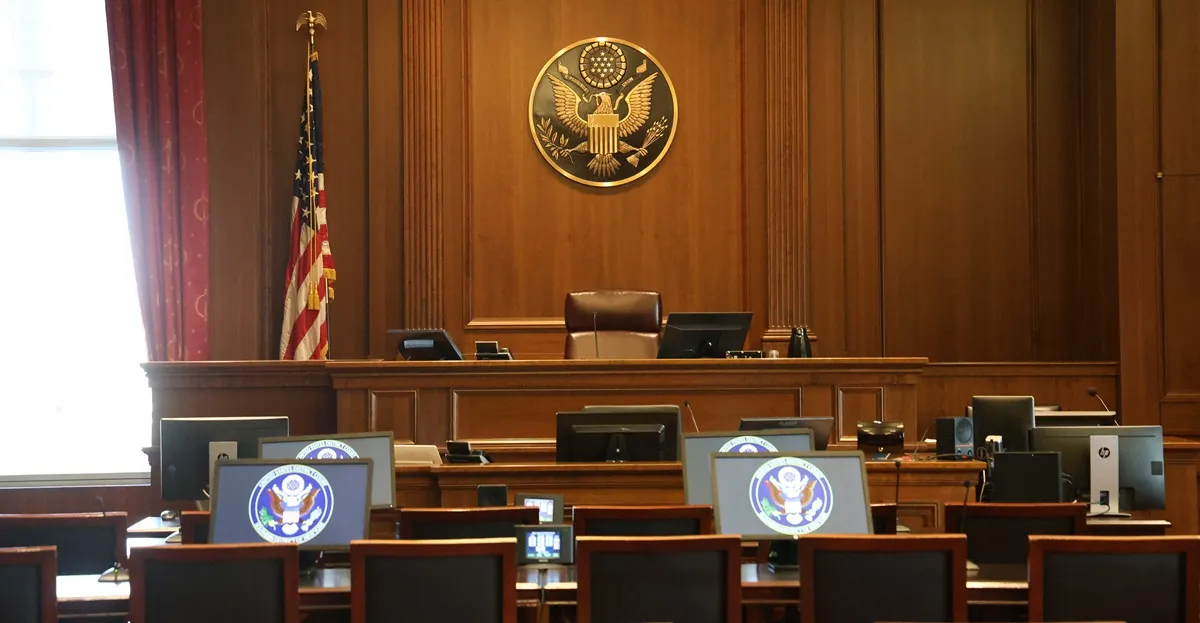‘Happy Days’ Was Originally Set in the Roaring ’20s, Not the 1950s
When someone hears the words “Sunday, Monday Happy Days,” they tend to think of two decades. They might think of the ’70s when Happy Days debuted or the ’80s when the show ended. They might also think of the ’50s when the series was set.
As it turns out, the movie that exploded the fame of Henry Winkler, Ron Howard, and others was not originally meant to take place in the ’50s. It was meant to be set in a decade that is now 100 years old.
‘Happy Days’ was on air for a decade

Happy Days ran on ABC for 10 years from 1974 to 1984, centering around the Cunningham family: Richard ( Howard), his kid sister Joanie (Erin Moran), and parents played by Marion Ross and Tom Bosley.
Some might be surprised to learn that Arthur Fonzarelli (Winkler), better known as The Fonz, was actually not central to the show at first, but became increasingly popular as the epitome of cool. The Fonz helped the show stay near the top of the Nielsen ratings, fueled also by ’50s nostalgia, which ran heavily through the ’70s.
Many people have assumed that Happy Days was prompted by the success of George Lucas’ American Graffiti, because that starred Ron Howard, never mind that the movie was actually set in 1962.
According to Mental Floss, Happy Days technically predated American Graffiti. Happy Days began as a segment of an earlier show by TV impresario Garry Marshall, Love American Style. That segment was called “Love and the Happy Days,” and Lucas used it to see how well Howard could pass for a high school kid.
Why did the ‘Happy Days’ decade change?
Mental Floss notes that the idea for Happy Days came not from Marshall himself, but ABC executives Tim Miller and Michael Eisner, the latter of whom would be the CEO of Disney from the 80s to the 2000s. They wanted a show set in the 1920s, AKA The Roaring 20s, marked by flappers, prohibition, the invention of talking pictures, and ultimately the stock market crash that sent the nation on the path to the Great Depression.
But Marshall told The Guardian:
I said I know nothing about that era, but I’ll do it if it’s set in the 50s. Back then, it would have been hard to do an honest depiction of teenagers without showing drugs and booze – and we didn’t want to do that. By making it nostalgic, we avoided all that. When I did the original pilot, no one would buy it. The networks said who cares about the 50s? Luckily, along came a wonderful film called American Graffiti and ABC said: “We can have some of that.”
The series became so popular, it was almost as well known for some of the shows it span off: Laverne & Shirley, which ran from 1976 to 1983, and Mork & Mindy, which ran from 1978 to 1982 and made a star of Robin Williams. It also spawned the far less well remembered Joanie Loves Chachi, which ran from 1982 to 1983.
‘Happy Days’ gave rise to jumping the shark
Happy Days is also well known for popularizing the term that signified the show’s demise: Jumping the shark. As explained by Rolling Stone, that phrase arises from a 1977 episode when a waterskiing Fonz jumped over a shark — a stunt now seen as ridiculous. The term has come to refer to the moment that a once-great entertainment entity pivots and loses respectability.
Entire books and websites have been devoted to this idea. Some of the examples Rolling Stone cited include Ross saying Rachel’s name during his wedding vows with Emily on Friends, the Glee episode where Sue Sylvester married herself, and anything after season 1 of Lost.
One can only wonder what the Fonz would have jumped over if the show had been set in the 1920s.


